Foundation Repair Solutions for Stability
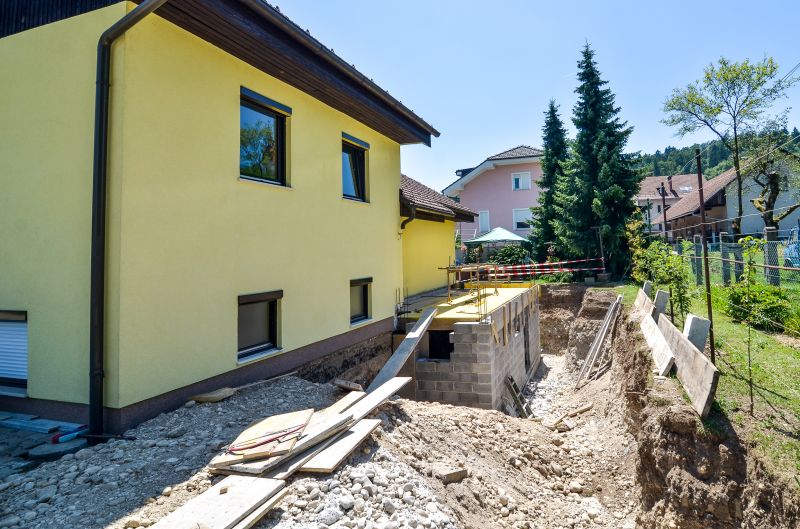
Spring offers moderate temperatures and soil moisture levels, making it suitable for foundation repairs. However, soil expansion due to thawing can impact repair stability.

Summer's warm and dry conditions can facilitate repairs, but extreme heat may cause soil contraction, affecting repair outcomes.
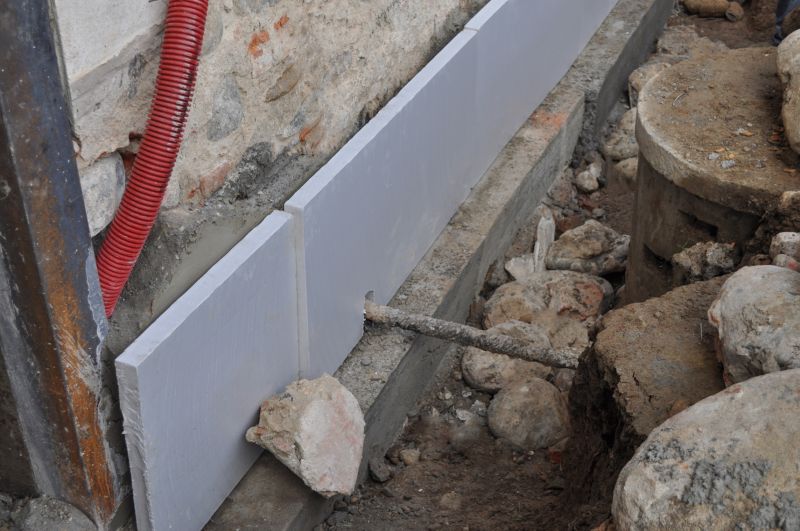
Fall provides cooler temperatures and stable soil conditions, often ideal for foundation work before winter.

Winter is generally less suitable due to frozen ground and potential weather disruptions, but in milder climates, repairs can sometimes be scheduled.

Late fall and early spring are typically the best times for foundation repairs due to balanced soil moisture and moderate temperatures.

Finishes and colors that play nicely with Foundation Repairs.
Foundation repairs are essential for maintaining the stability and safety of a building's structure. They address issues such as settling, cracking, and shifting that can compromise the integrity of a property. Timely repairs can prevent more extensive damage and costly repairs in the future. Proper assessment and choosing the right time for repairs can significantly influence the effectiveness and longevity of the repair work.
Statistics indicate that foundation problems are among the most common structural issues in residential buildings, with nearly 25% of homes experiencing some form of foundation settlement or cracking. Repair methods vary based on the severity and type of foundation issue, including underpinning, piering, and stabilization techniques. Factors such as soil type, weather conditions, and construction quality influence repair strategies and timing.

Cracks often indicate shifting soil or settling, requiring assessment and repair to prevent further damage.
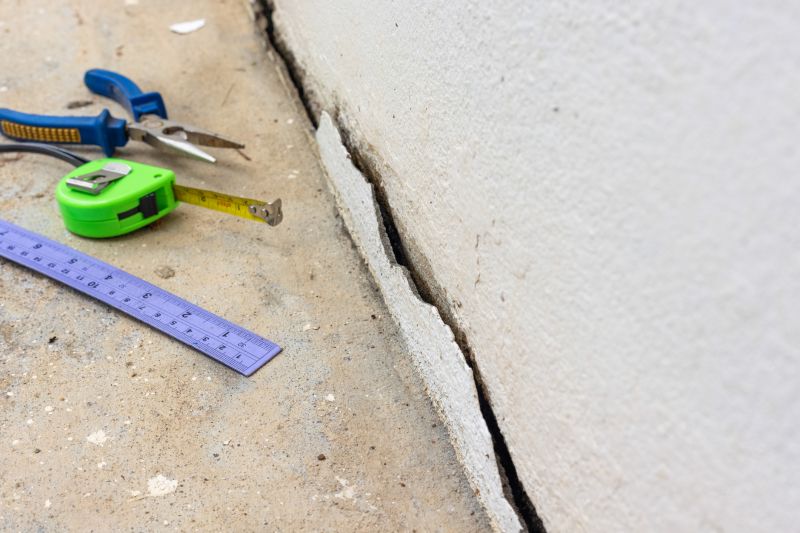
Uneven or sloping floors can signal foundation movement, suggesting the need for stabilization.
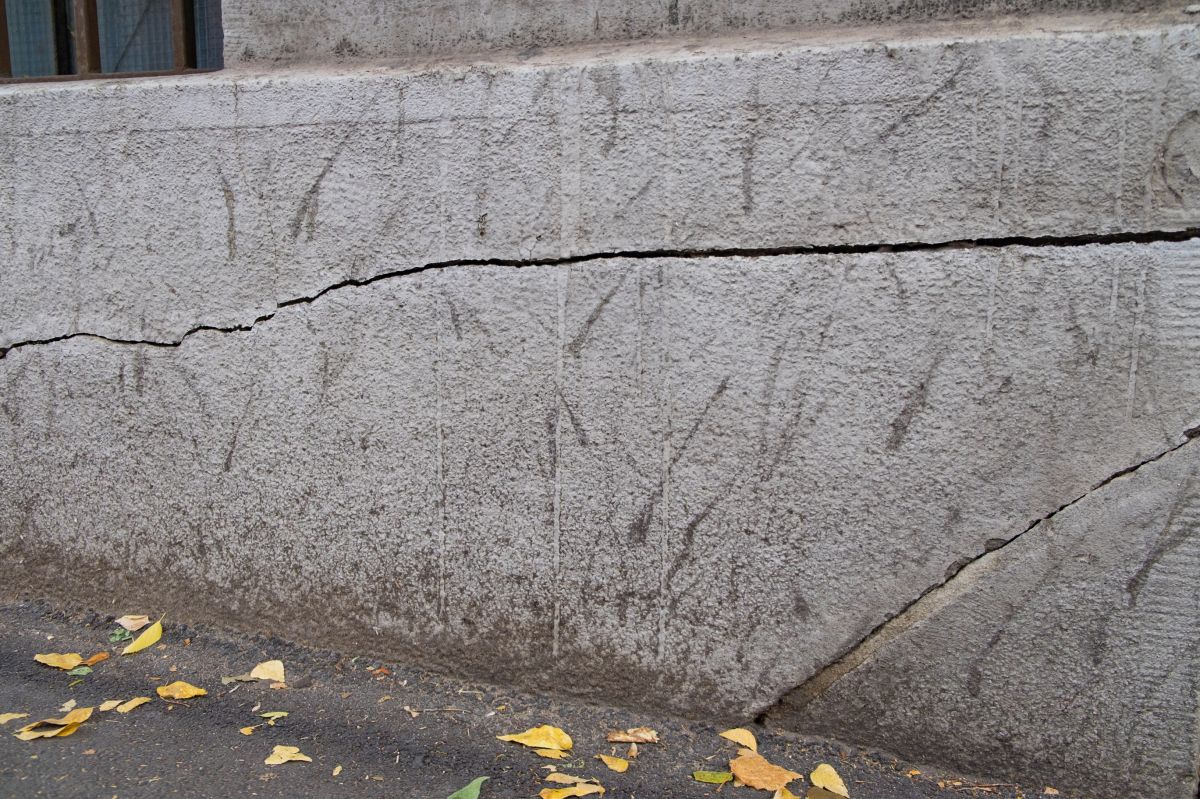
Bowed or leaning walls are signs of pressure from soil or water issues, necessitating repair.
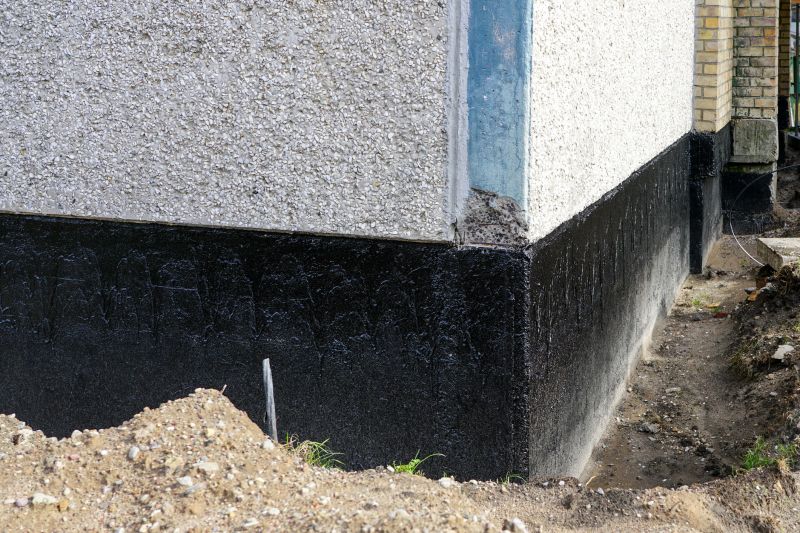
Excess moisture can weaken foundations, making waterproofing and drainage improvements critical.
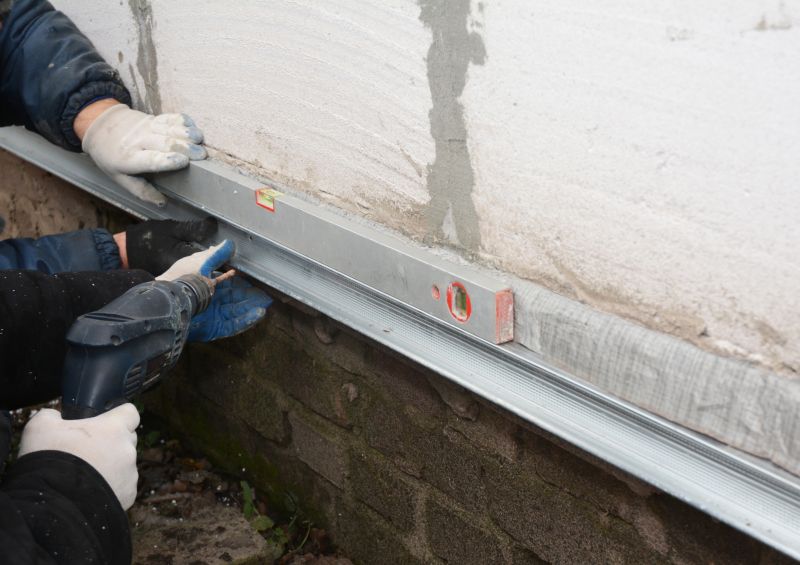
Little measurements that prevent headaches on Foundation Repairs day.
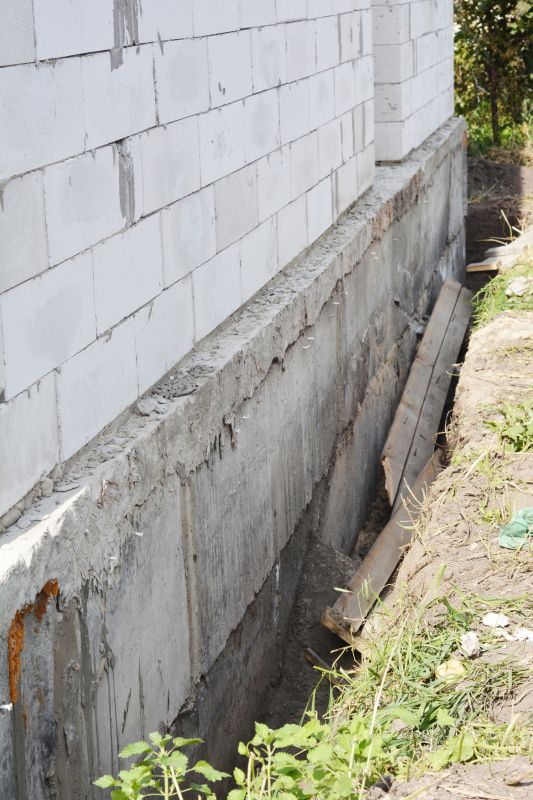
A 60-second routine that keeps Foundation Repairs looking new.
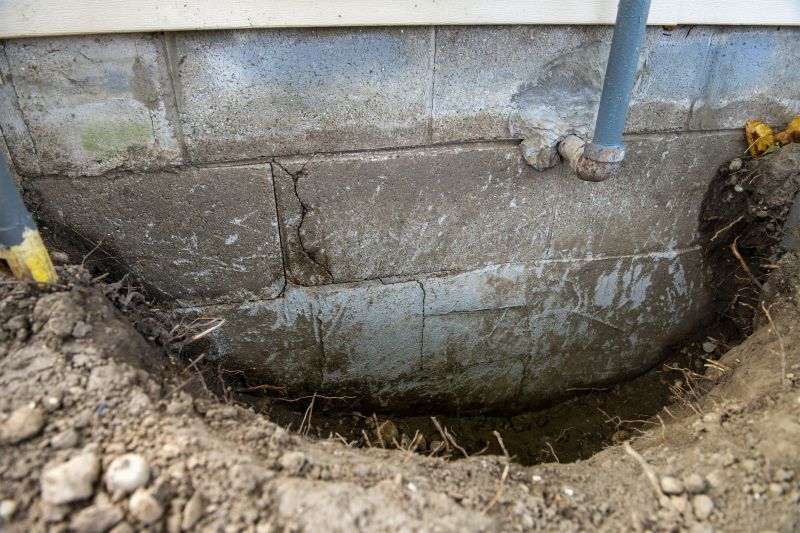
A frequent mistake in Foundation Repairs and how to dodge it.
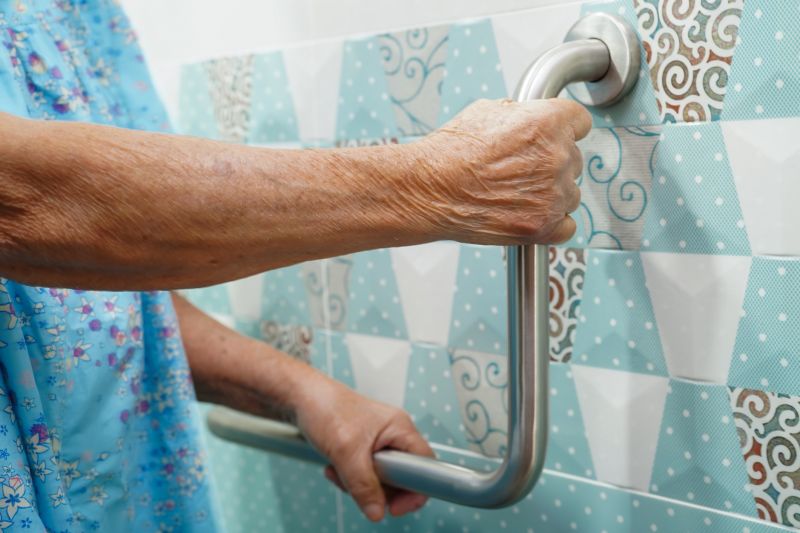
Small tweaks to make Foundation Repairs safer and easier to use.
| Season | Ideal Conditions |
|---|---|
| Spring | Moderate soil moisture, rising temperatures |
| Summer | Warm, dry weather, soil contraction risks |
| Fall | Cooler temperatures, stable soil moisture |
| Winter | Frozen ground, weather constraints |
Lower-waste or water-saving choices for Foundation Repairs.
The short, realistic tool list for quality Foundation Repairs.
Rough timing from prep to clean-up for Foundation Repairs.

